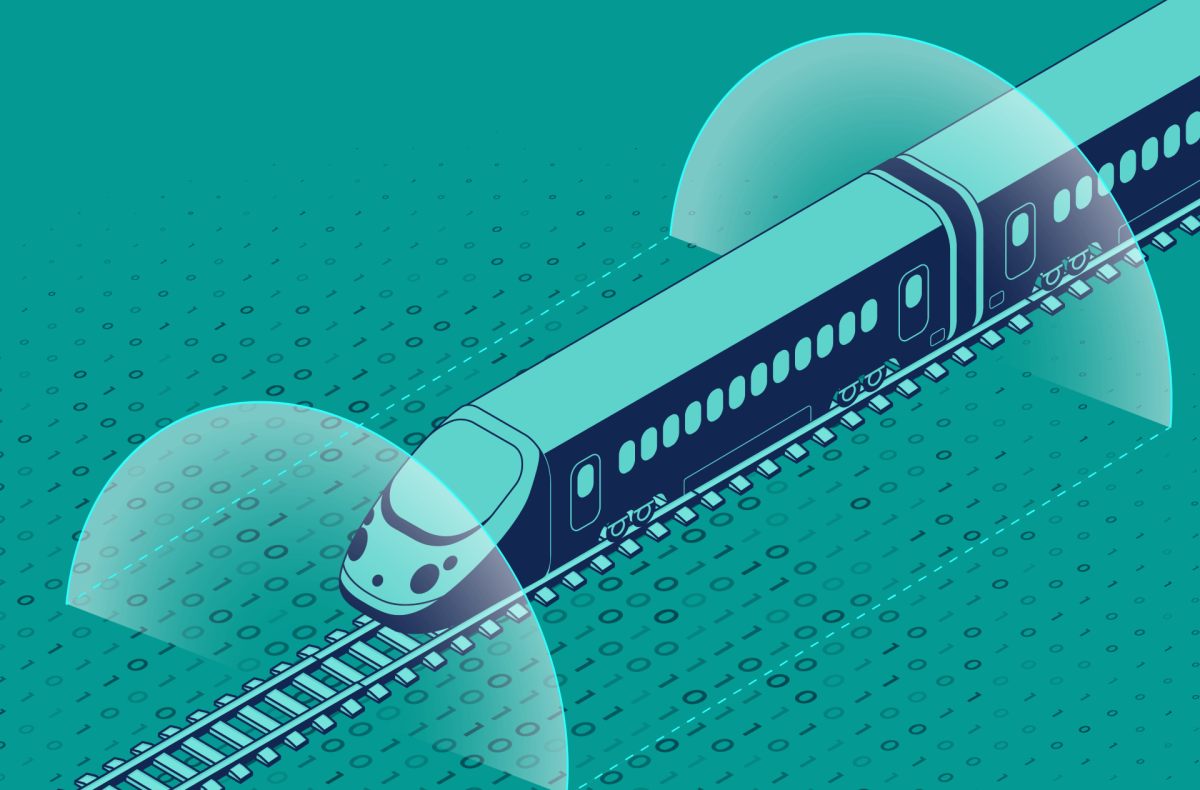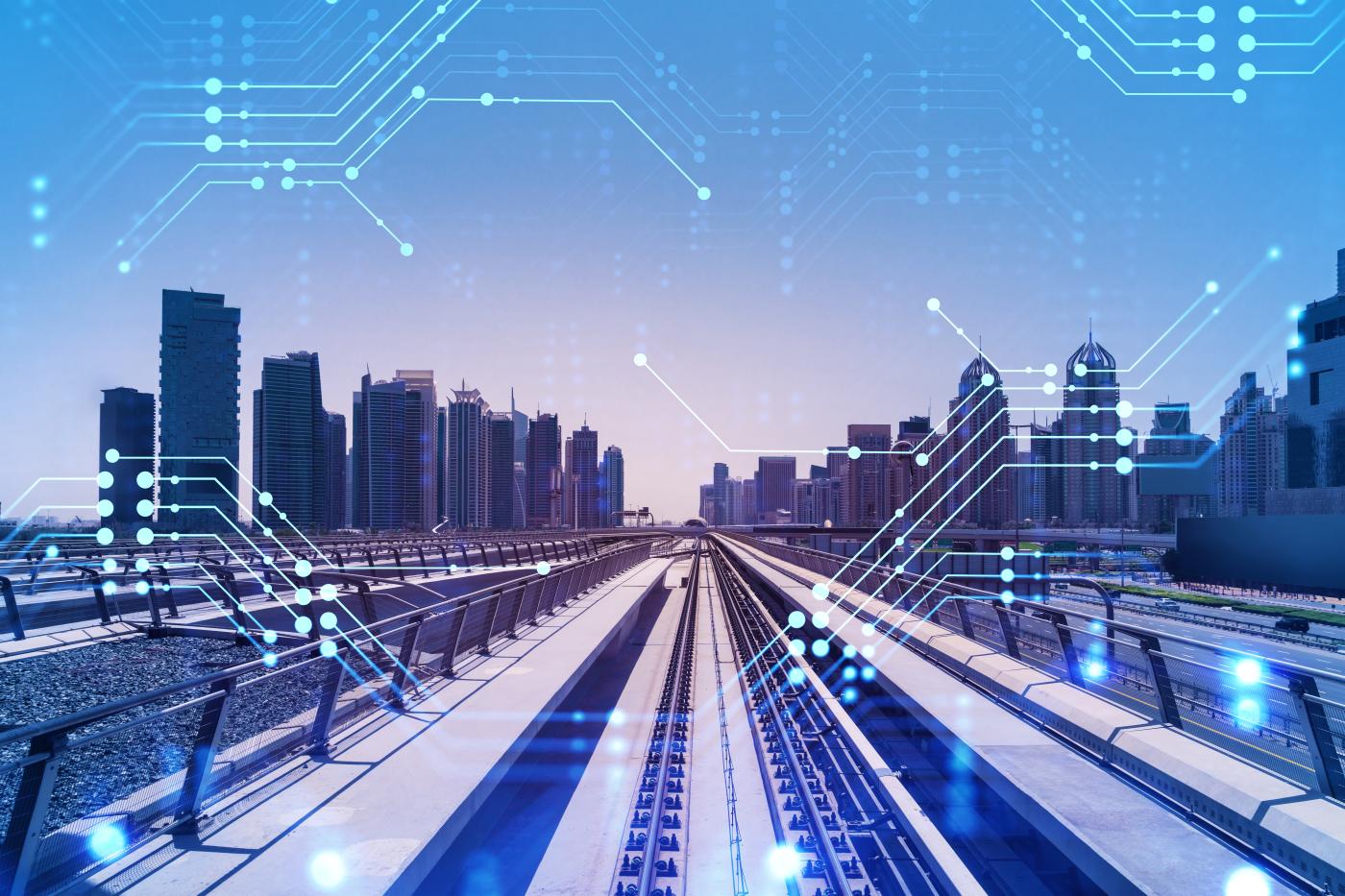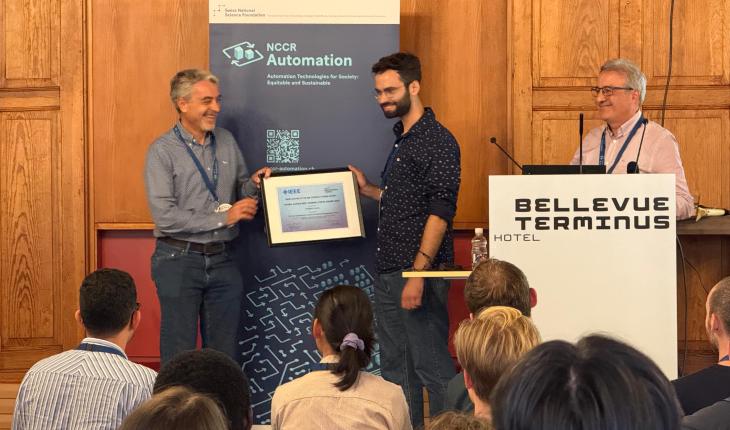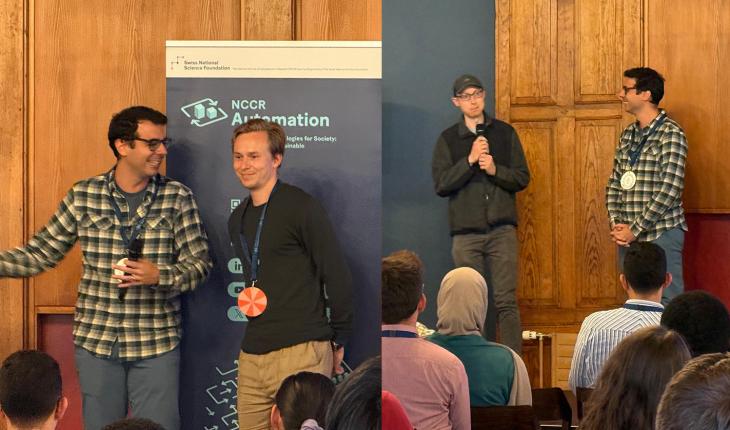How nuorail powers up energy savings

Is it worthwhile investing in technologies that can drive small but consistent energy savings? Of course it is, if those small savings can be made many times a day… or even many times a day, across multiple instances. Say, over an entire national rail network.
The greatest contributor towards the energy costs of train operation is of course traction: simply keeping the train in motion. While energy consumption can be reduced through careful speed management, naturally the highest priority is keeping to the schedule. And none of the current systems are capable of truly optimising energy efficiency.
Most trains are operated by human drivers. Driver advisory systems, in the form of dashboard displays, feed drivers the necessary guidance to maintain a fairly steady speed and arrive on time. These systems aim to optimise energy consumption (avoiding the inefficiencies of acceleration and braking), but besides their innate software limitations, there is natural variation in the driver’s ability (or motivation) to follow the guidance.
Meanwhile, the industry is steadily, if slowly, transitioning to automated driving; but at present, this relies on heuristic (or “good enough”) algorithms. Energy optimisation has been beyond the capacity of existing controls. But a research team coming out of NCCR Automation has made it possible to improve on the best current performance, opening up potential for significant economic and environmental benefits.
Why was this problem neglected?
Having earned his PhD in a group studying fast real-time control algorithms, developing tools that could in principle be applied to many different industries, Dimitris Kouzoupis began investigating how they might help in the railways. Although the scope for energy savings here was recognised, it was considered a hard problem: the available control methods simply took too long. Optimising train speed demands constant microadjustment – which means that any calculation which takes more than a few seconds is unhelpful.
Addressing this issue wasn’t high on anybody’s list of priorities. In developing new algorithms, mathematicians need to simplify things. Assumptions have to be made, complications stripped out. But, as the saying goes, the devil is in the detail: those complications are highly relevant in the real world, so the elegant new theorems that brush them aside aren’t much use to the rail industry.
And within the industry? While train operators are motivated to cut energy costs, they don’t make the trains. For manufacturers, enabling energy savings scores environmental points (giving their marketing and reputation a boost), but small improvements might not justify the investment. It’s enough to say that their trains are “more efficient”, without digging into every possibility for further savings. And yet, considering how much energy is consumed by powering the entire Swiss rail network for a year, there is clearly much to be gained.
It took Dimitris and his colleagues, with their very specific combination of expertise – mathematics, software and rail industry knowledge – to make headway here. Around the world, there are very few people working on numerical optimisation solvers (the ideal tool for fast control), so this is a rare constellation. Lucky, then, that they came together: their startup, branded nuorail, has developed algorithms that are finally fast and efficient enough to make a real difference.

Nuorail works with detailed models of how trains behave as traction is applied, as well as full details of the track’s slope, curve and so on. What really sets it apart, though, is a dynamic efficiency model that determines exactly how much energy is lost while accelerating or braking, depending on the train speed and force applied. The model in itself is not unique; the breakthrough comes in factoring this great mass of data into real-time optimisation.
The software can account for all relevant conditions, both fixed and variable (such as the changing weight of the train as passenger numbers or cargo change, or changing weather, or timetable disruptions). Clearly, optimising speed over the entire trajectory of any train over its full journey is a complicated problem, with hundreds of dimensions to be factored in; and yet the software is powerful enough to perform this computation several times per second, making real-time control possible at last.
Automatic for the planet
This matters, because automation of the railway industry is now under way. Switzerland has a clearly defined plan for updating the rail infrastructure across the country, with digitalisation becoming the norm. This creates a strong incentive to implement “autopilot” driving, based on different degrees of automation. Nuorail is well placed to support this transformation and ensure that it brings significant energy savings.
At the same time, it can be applied even to older stock, which means the fleet can be upgraded much faster than it would be through the gradual replacement of every train as it reaches the end of its 20- or 30-year lifespan. And of course, the new algorithms can also be integrated into existing driver advisory systems, improving the guidance given.
At this point, it’s all theoretical, but first steps have been taken on the path to commercialisation. The NCCR Automation team is working with Stadler and Südostbahn to further develop and test drive their solution. The first tests have already shown that the motion controls work, and generated initial data; more tests in the coming months will assess the energy savings achieved.
The researchers expect these savings to be measured at a few percentage points – compared with modern market alternatives, which are already efficient. If retrofitted to older trains (such as cargo trains), the returns will be more dramatic. But even a few percent shaved off the vast amount of energy consumed by the entire Swiss rail network over a year adds up to a huge carbon reduction; so, beyond the financial savings, it could form a valuable contribution to emissions goals. In the ongoing battle to cut carbon without radical lifestyle changes, small but scalable improvements could make a big impact.







